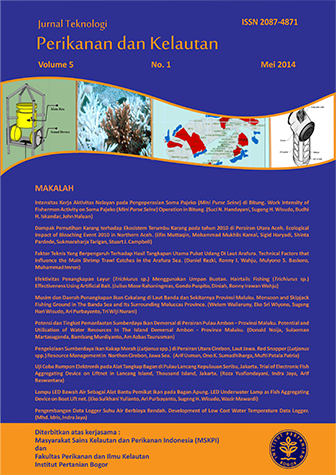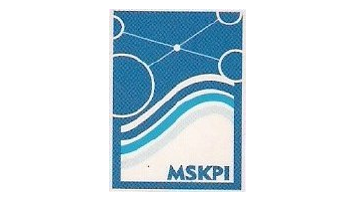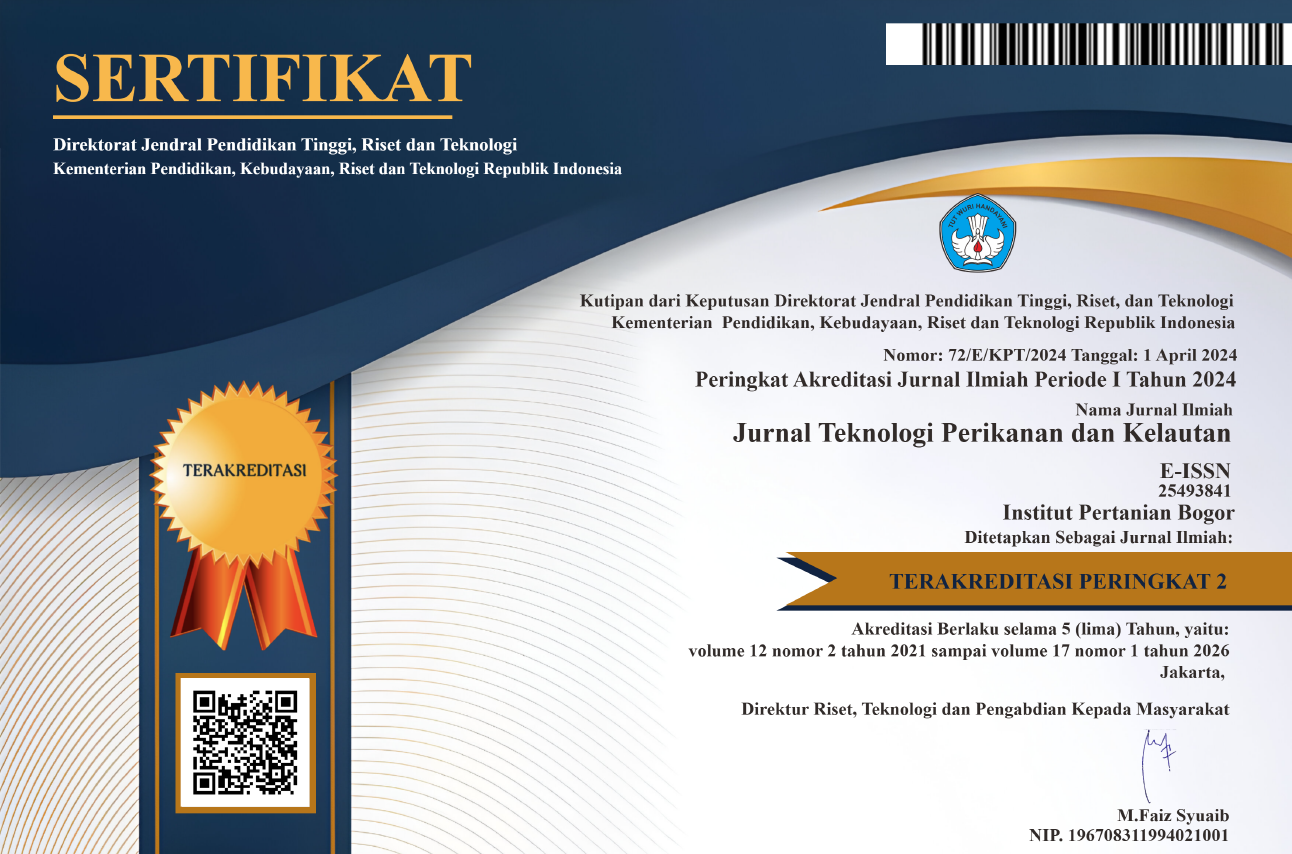EFEKTIVITAS PENANGKAPAN LAYUR (Trichiurus sp.) MENGGUNAKAN UMPAN BUATAN
Abstract
Hairtail fishing (Trichiurus sp) in Palabuhanratu using handline is highly dependent on fishing bait. The bait which is usually used by fishermen is natural bait which is a piece of trash fish. The purpose of this research is to find bait alternative as a replacement of natural bait for hairtail fishing. Three type of baits used in this research were natural bait as a control, artificial bait and combination between natural and artificial bait. The aims of this research are to prove that artificial baits can increas the catch and to determine the effective time for handline fishing operations. Three kinds of baits were operated at the same time on a single unit of handline fishing boats for 22 days.The research using comparative descriptive analysis and statistical analysis completely randomized design (RAL). The results showed that combination bait can capture 453 hairtails or 52% of the total catch which is more than artificial bait that catch 223 hairtails 25% and natural bait that catch 203 hairtails 23%. The best time of the capture is between 05:00 am to 07:00 am that catch 379 hairtail or 43% of the total catch, and then at 07.00 am to 09:00 am and 09:00 am to 11:00 am, each captured 298 fish 34%, and 202 fish 23%.





















